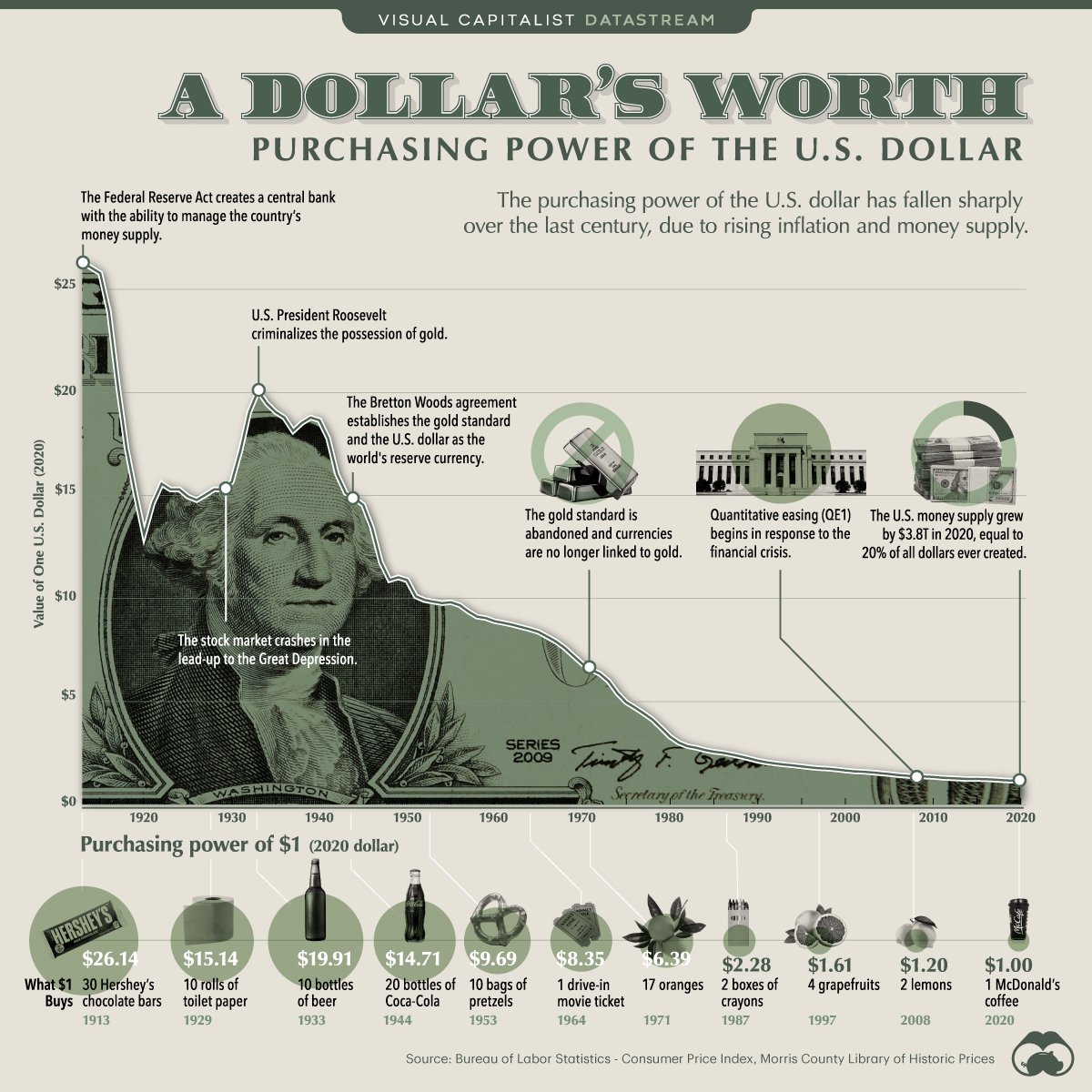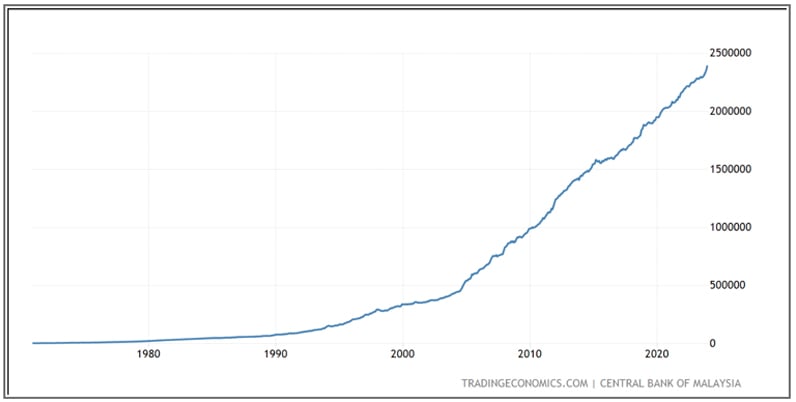The ringgit will continue falling. Here’s why

Many are blaming the government for the ringgit’s poor performance. They’re missing the point.
K. Kathirgugan, Free Malaysia Today
The ringgit falls; the public outcry starts; the opposition starts blaming the government for the ringgit’s fall; the government says the ringgit’s performance is out of its control.
Rinse and repeat ad infinitum.
No matter who is in power, this cycle repeats itself every few years. And every time it repeats, the ringgit hits a new low against the US dollar. Just look at the abysmal ringgit to US dollar chart below:

In the past 10 years alone, the ringgit has collapsed by 31% against the US dollar, most recently hitting RM4.80 per US dollar. Sure, this is bad, but it’s not just the ringgit that has met this fate. Every other currency is also collapsing against the US dollar.
Within the same 10-year period, in relation to the US dollar, the Chinese renminbi has depreciated by 15%, the Euro by 21%, the Singapore dollar by 6% and the Indonesian rupiah by 26%.
Sure, you could argue that the ringgit has depreciated the most among the currencies I’ve listed above. And you’d be right. You could provide very legitimate reasons for this – loss of investor confidence in Malaysia, brain drain, slowing productivity, neighbouring countries besting us, etc. And again, you’d be right.
But you’ll only be answering the question of why the ringgit is depreciating faster than other currencies, not why it’s depreciating in the first place.
Why are we competing to have the currency that depreciates the least against the US dollar, when the US dollar itself has been depreciating? A fantastic illustration of the loss of the US dollar’s purchasing power over time is shown below:

We’re using a broken barometer – the US dollar – to measure the ringgit’s performance. And so we’re asking the wrong question. The US dollar is simply the least bad fiat currency. Every other fiat currency is worse, to varying degrees.
What befuddles me is the fact that we have taken our inflationary reality as a fact of life. We have come to terms with the fact that our money, our life savings, and the fruits of our hard labour will inevitably lose much of its value over time.
But this isn’t a fact of life like gravity or the irreversibility of time.
The primary reason for the dastardly inflation we experience is money printing by central banks. Just look at the incredible graph of the ringgit’s money supply below:

Since 1970, we’ve gone from having RM4.1 billion in circulation to RM2.4 trillion now. This is an eye-watering 580-times increase in money supply in the span of 54 years.
That comes up to an average of about a 10% increase in money supply every year. This means our base annual inflation rate, excluding any extenuating factors that might cause the prices of goods and services to increase, is 10%.
This means if you had RM100,000 ten years ago, that money can only buy RM38,500 worth of goods in real terms today. Almost two thirds of your money has been wiped out in a mere 10 years.
So no matter who controls the government, what the government does, how effective its initiatives are or how attractive it makes Malaysia to investors, as long as the profligate money printing continues, the ringgit will continue to depreciate, both relative to the US dollar and in absolute terms.
And as terrible as this sounds, the reason no one bats an eye is because every central bank in the world does this – everyone dilutes their currency, inadvertently making their populations poorer over time.
Inflation via money printing is the most insidious form of taxation – because most people either don’t know about it or don’t realise how it’s affecting them on a day-to-day basis.
Central banks, with their embrace of Keynesian economics-inspired loose monetary policy, will likely never stop printing money out of thin air. So fiat currencies, including the ringgit, will continue getting debased and inflated away.
As Professor Hans-Hermann Hoppe of the University of Nevada says: “The second source of funding for the ruling elites, besides the money extorted from the public in the form of taxes, comes from the central bank. Central banks are allowed to create paper money out of thin air. This reduces the purchasing power of money and destroys the savings of average people.”
So it’s pointless blaming the government for the poor performance of the ringgit.
All it can do – even in a best-case scenario – is make the ringgit marginally less inflationary. And in the long-run even this won’t matter; it’ll only delay the inevitable and irreversible decay of our purchasing power.
The only way out is for us to take personal responsibility for our financial security. The only way out is to own hard assets – assets that can’t be inflated away by the whims and fancies of those in power.
The government can’t save you. Save yourselves.

